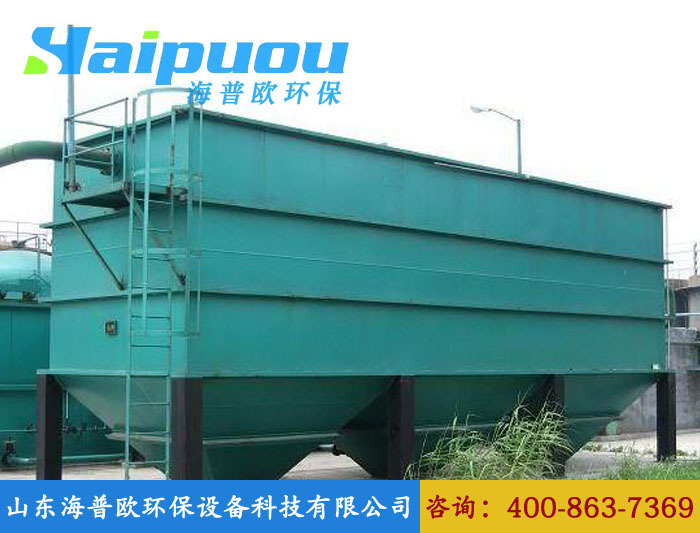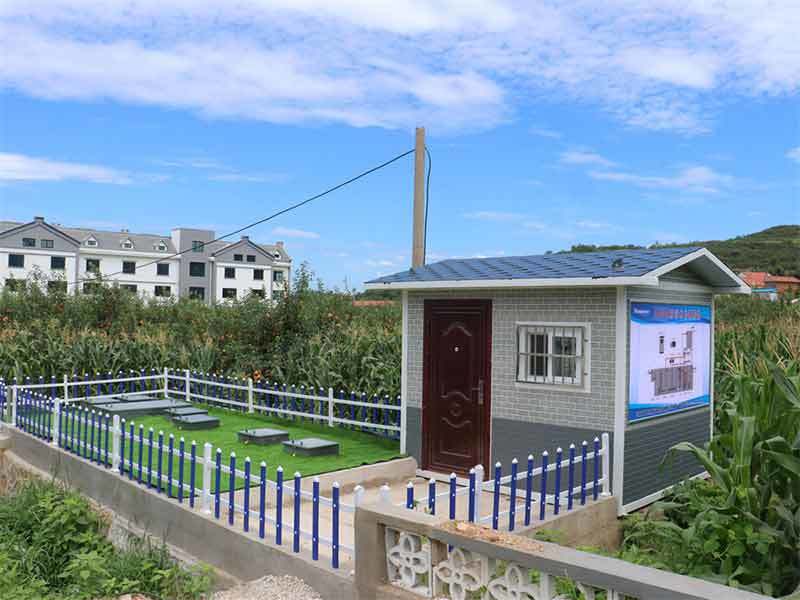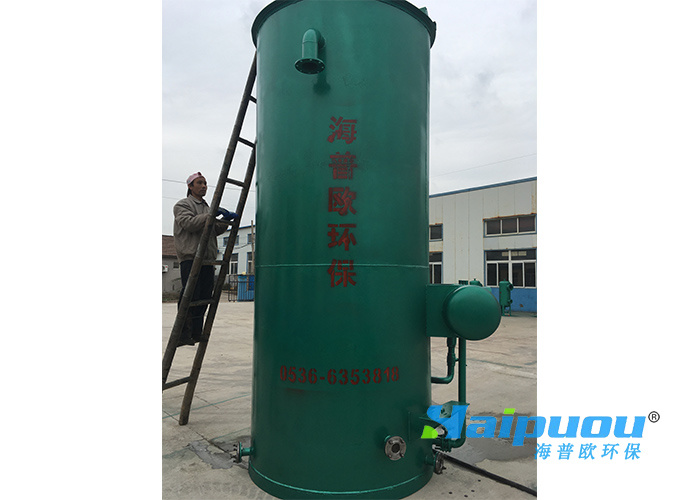- Overview
-
- Commodity name: Inclined Tube Sedimentation Tank

Features:
1. Simple structure with no wearing parts, ensuring durability and reduced maintenance.
2. Stable operation and easy to operate.
3. Low power consumption, saving energy.
4. Small footprint, low investment, quick commissioning, and high efficiency.
5. The filler is hexagonal honeycomb inclined tube filler, made of materials such as polypropylene and glass fiber reinforced plastic (FRP).
6. The inclination angle of the inclined tube is generally 60°, and can be made into 50°, 55°, etc., as needed.
7. When the length of the inclined tube is 1 meter, the effective load is designed at 2~8 m³/m².
8. Strong adaptability and high resistance to shock loads, suitable for treatment processes of different water qualities.
Installation and Usage:
1. When installing inclined tubes, fix them with adhesive or electrical bonding. Parallel plate inclined plates are fixed with supports, and corrugated inclined plates are fixed with through bolts.
2. During installation, the inclined direction should not allow water flow to directly impact the inclined tubes (plates).
3. Regular flushing and proper management are required to reduce clogging caused by excessive growth of biofilms.
4. The plane of inclined tubes (plates) must not bear concentrated loads.
5. Open flames are prohibited in areas where inclined tubes (plates) are installed.
Materials:
It is a steel structure resin anti-corrosion equipment, using FRP or PP honeycomb inclined tube fillers. The inclination angle is 60°, the inclined length is 1 meter, and the inner diameter of the inscribed circle is 25 mm ~ 80 mm to achieve the best sedimentation effect. There are 4 specifications of inclined tube settlers for users to choose from. Inclined tube settlers with different flow rates can also be designed based on raw wastewater test data. Generally, coagulants need to be added during use.
Applications:
The inclined tube sedimentation water purifier can be used as supporting equipment for water purification processes such as air flotation and biochemical methods, or as a single-stage treatment for various types of wastewater. For example:
1. For electroplating wastewater containing mixed metal ions (chromium, copper, iron, etc.), the removal rate reaches over 90%, and generally, electroplating wastewater can meet discharge standards after treatment.
2. For coal mine wastewater, the turbidity can be reduced from 500~1500 mg/L to 5 mg/L.
3. For printing and dyeing wastewater, the chroma removal rate is 70~90%, and the CODcr removal rate is 50~70%.
4. For wastewater from leather, food and other industries, a large amount of organic matter can be removed, with a CODcr removal rate of 50~80%.
5. For chemical wastewater, the CODcr removal rate is 60~70%, the chroma removal rate is 60~90%, and the suspended solids meet discharge standards.
Keywords:
Messages
Contact: +86 18016210178 (Ms.Liu)
Add:No.56, Donghuan Road, Zhucheng City, Weifang City, Shandong Province







